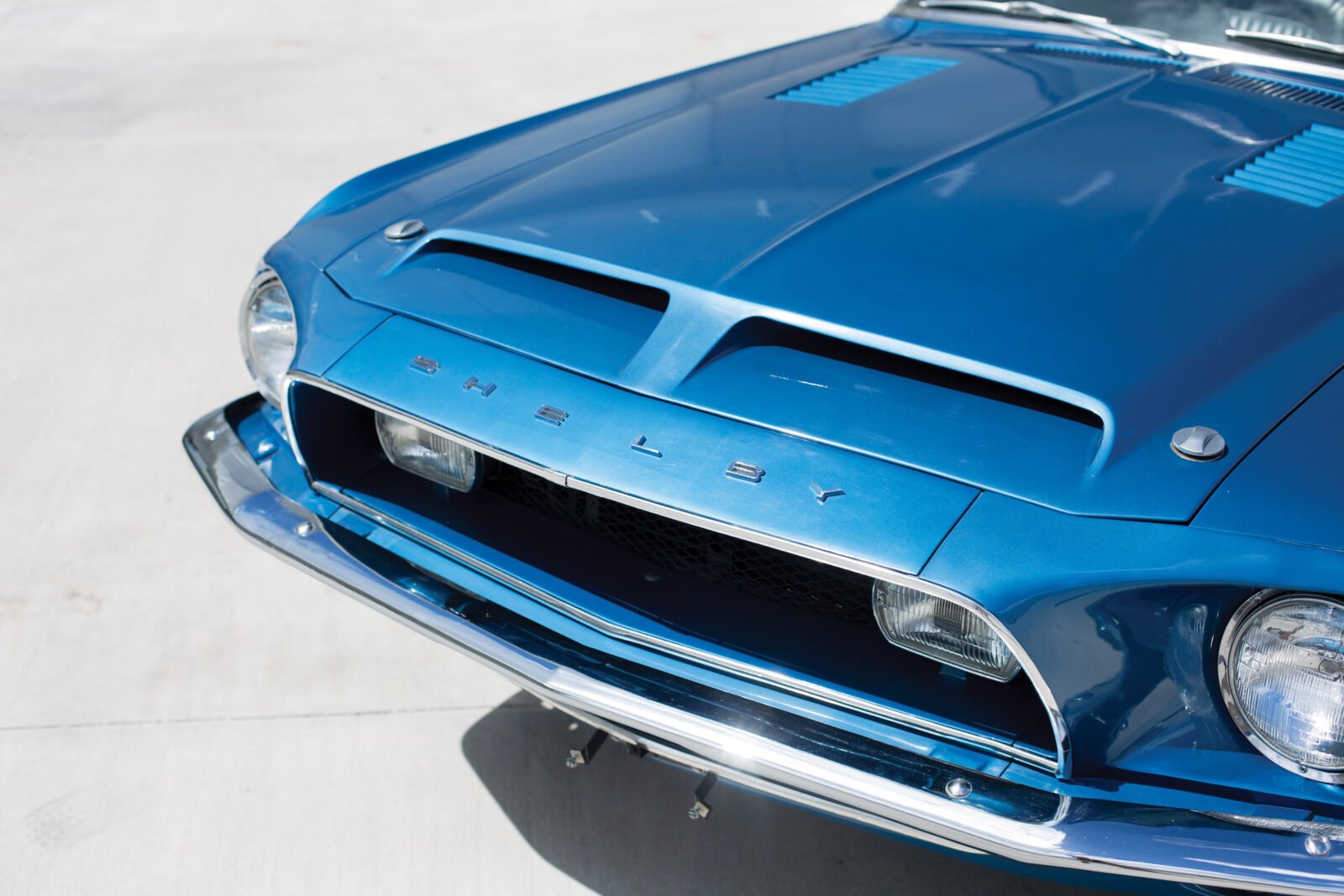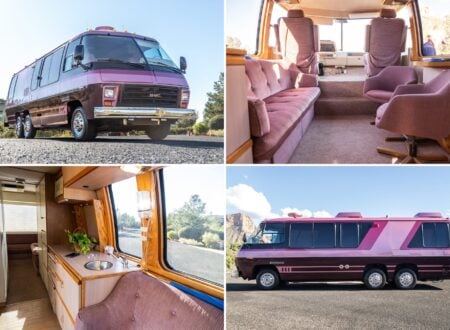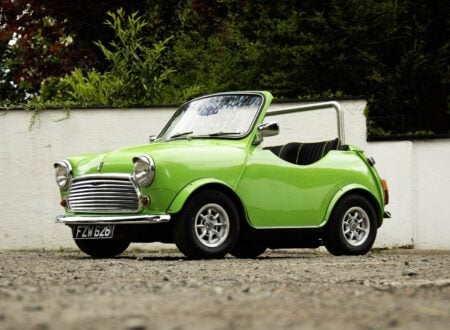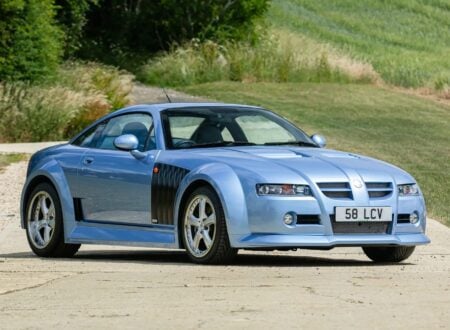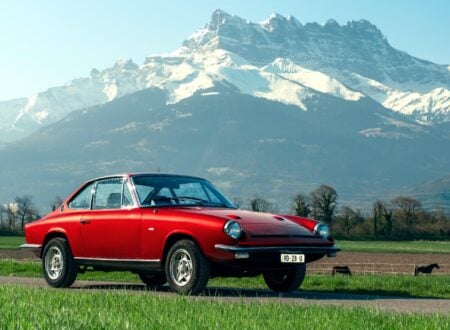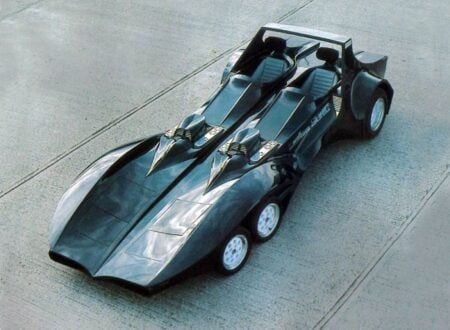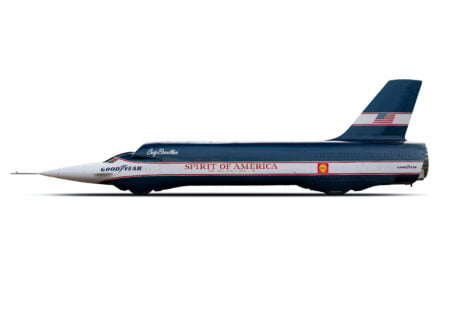The 1968 iteration of the Shelby GT350 Mustang benefitted from a relocation of the production line from the California-based Shelby factory to the larger and more modern Ford plant in Ionia, Michigan. The advantage of this move was that 1968 and onward Shelby Mustangs tended to have overall better build quality, though purists do often prefer the earlier California-built models.
The Shelby GT350 Mustang
From 1968 onwards the Shelby GT350 Mustang became the Shelby Cobra GT350, a naming convention chosen because Carroll Shelby’s AC Cobra had achieved no small amount of global fame, and attaching it to the Mustang would do no harm to sales.
A year earlier in 1967 the Mustang had undergone a significant change to a new body, it retained the key styling cues of the original Mustang, but it was slightly larger and offered more space under the hood for larger engines. These changes would be further expanded in 1968, with Shelby American developing a new nose with a larger radiator opening, twin hood scoops, high-beam headlamps inside the radiator opening, and a roll-bar which was most prominent on the convertible version.
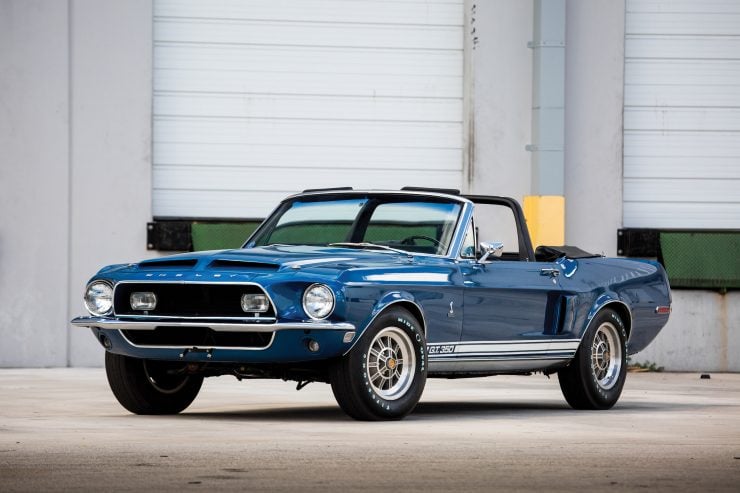
The 289 cubic inch V8 used in previous GT350s made way for the 302 cubic inch V8 for the 1968 model, fitted with an aluminum Cobra intake manifold, a Holley 600 cfm carburetor, and an optional Paxton Supercharger. In naturally aspirated form the engine was capable of ~250 hp, which increased to 335 hp in the supercharged version.
Power was sent to the rear wheels via a 5-speed manual gearbox with a single, dry-disc clutch. There was a 3-speed automatic version offered, though these tend to fetch less money in collector circles due to the lower driving engagement. Power assist brakes were standard, with discs up front and drums in the rear.
The suspension on all Shelby Mustangs saw significant attention, and the 1968 model was no different. Up front there are unequal-length control arms, with coil springs, performance shock absorbers, adjustable tube arms, and an anti-roll bar. In the rear there is a live axle with either a 3.89:1 (manual) or 3.50:1 (automatic), with multi-leaf, semi-elliptical springs, and performance shock absorbers.
The handling on Shelby Mustangs was a world apart from their original counterparts, and the future Boss and Mach 1 Mustangs would take significant inspiration from the Shelby cars.
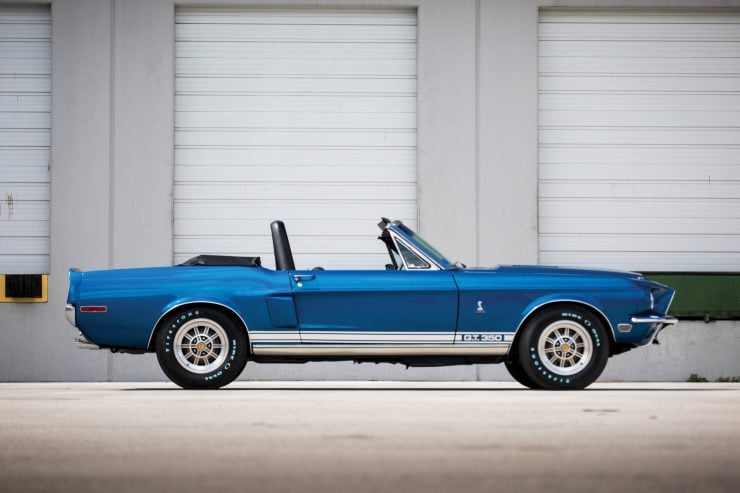
1968 Shelby Cobra GT350 Mustang Convertible
The car you see here is an original 1968 Shelby Cobra GT350 Mustang convertible, interestingly this model would shoot to stardom decades after they were released, when a modified version with off-road wheels was used in the 1999 remake of The Thomas Crown Affair.
This is one of the desirable 4-speed manual cars, with factory-fitted air conditioning, and it has a dashboard signed by Carroll Shelby. The blue and white color combination is arguably the best choice for a GT350, this one has a matching white folding roof, alloy wheels, and period-correct Firestone Wide Oval tires on all four corners.
If you’d like to read more about this car or register to bid you can click here to visit the listing on RM Sotheby’s.
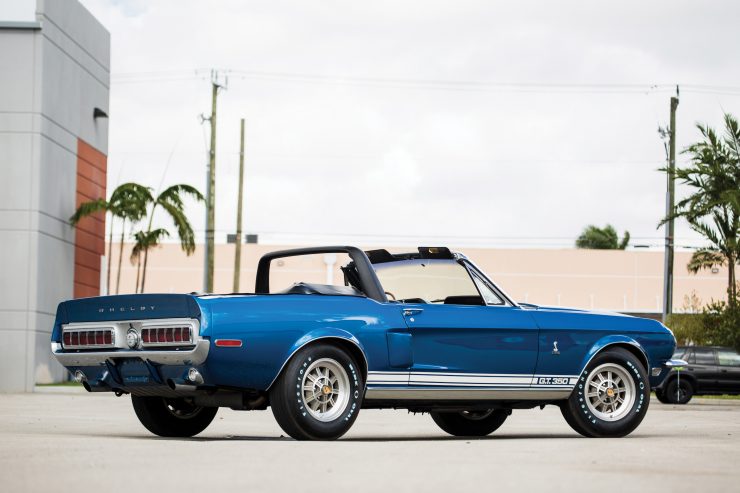
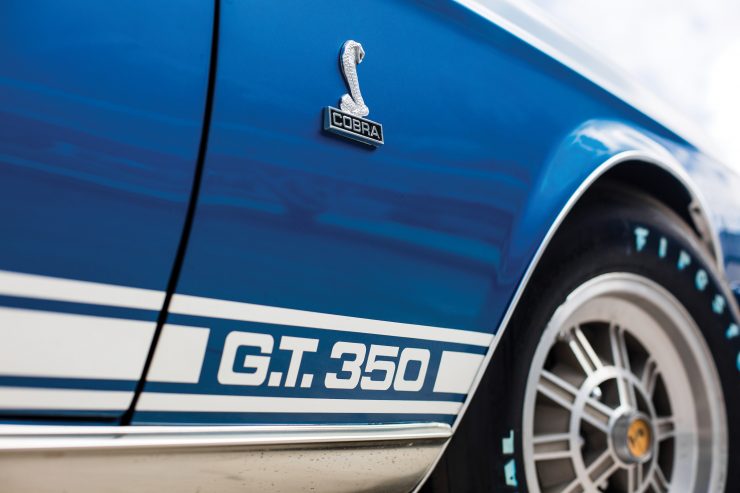
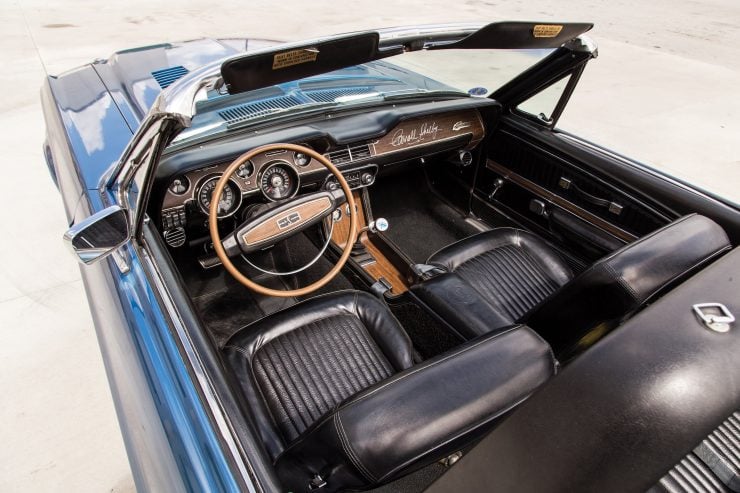
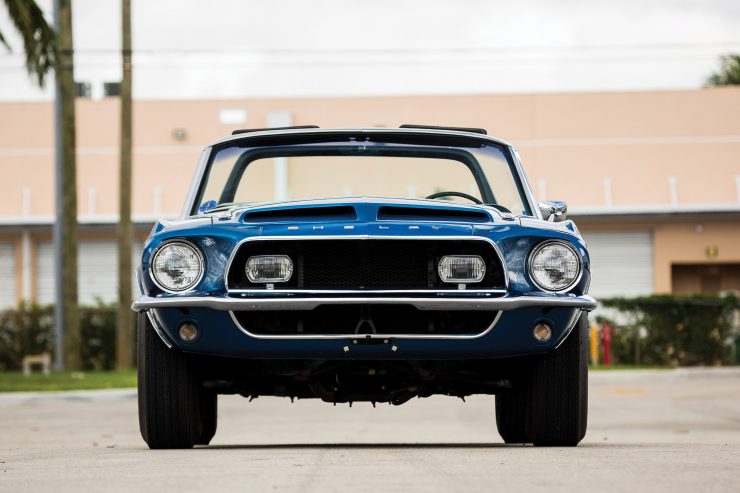
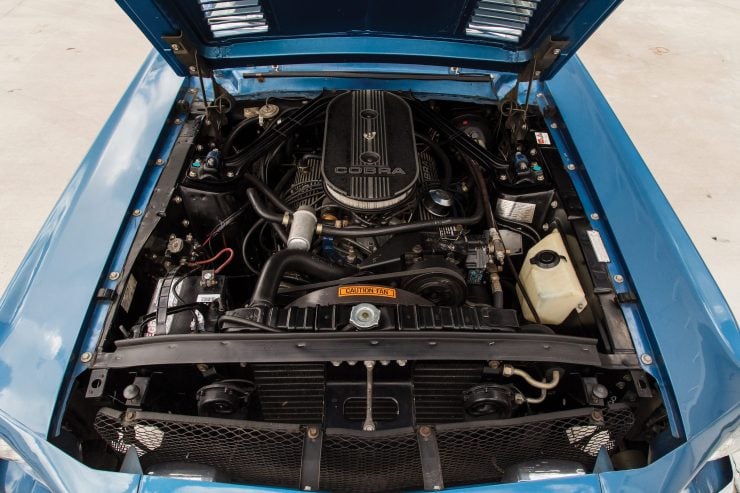
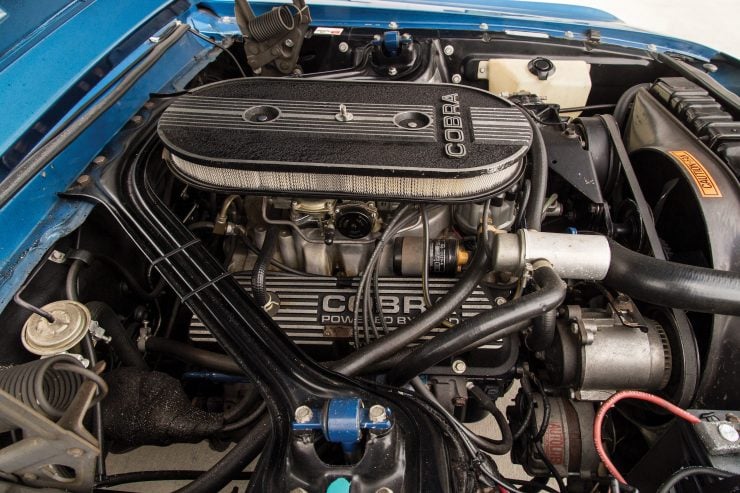
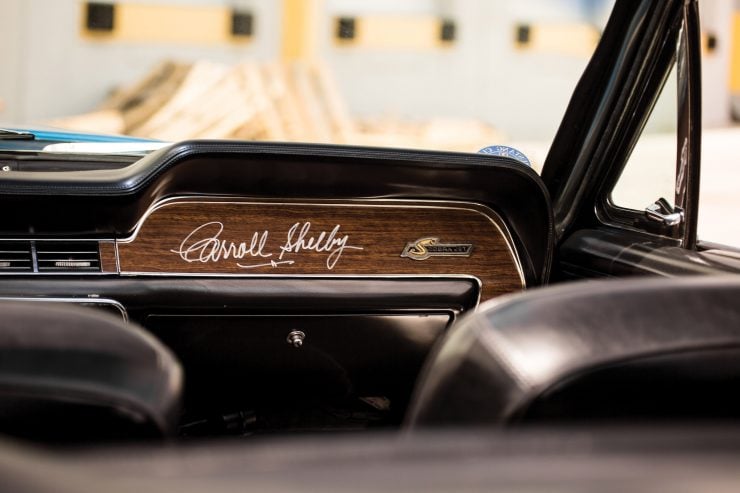
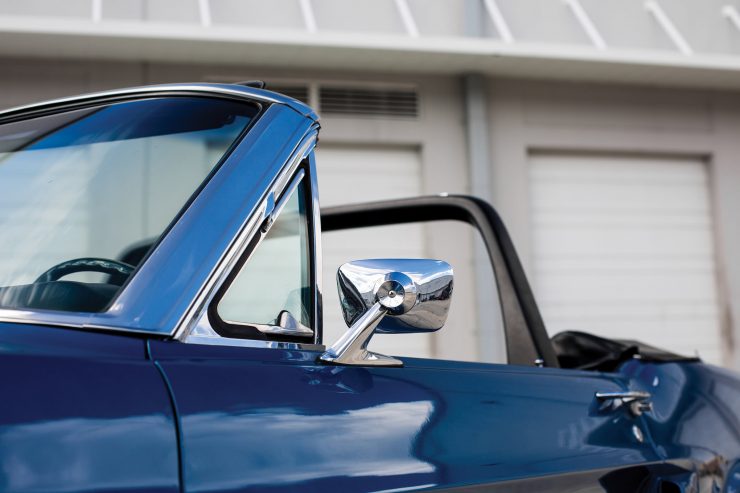
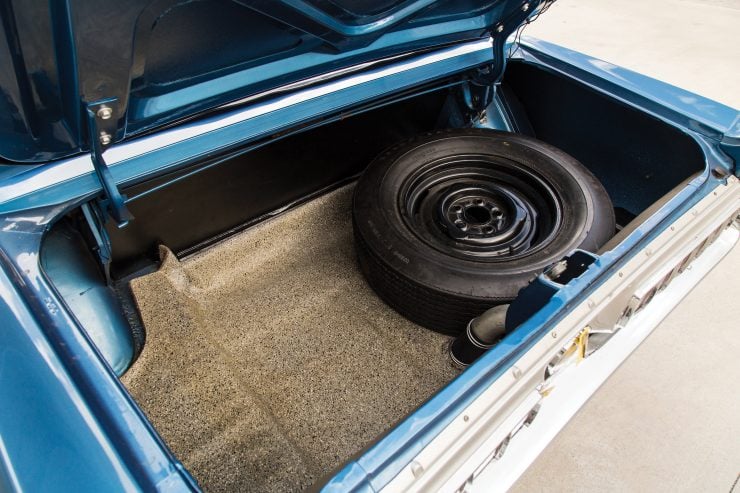
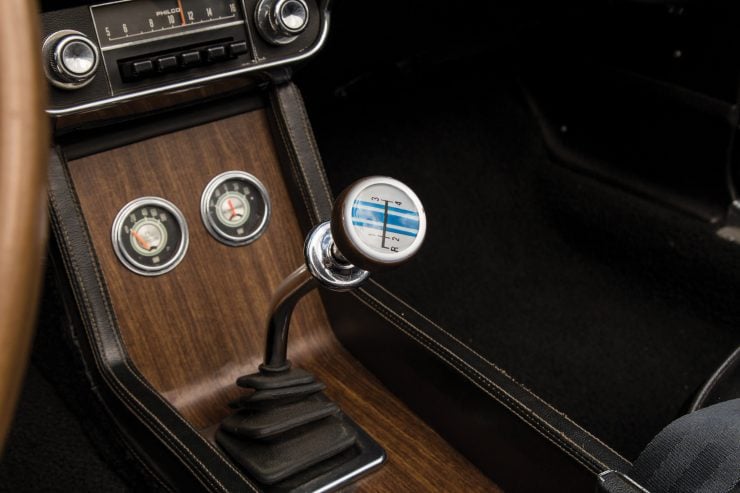
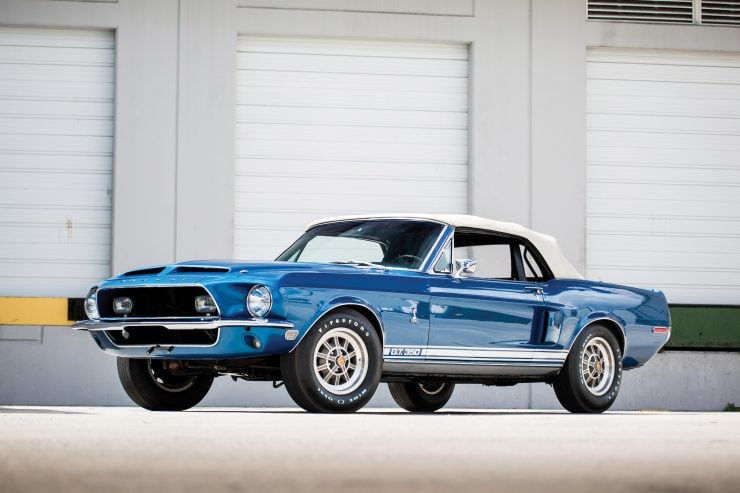
Images: Taylor Shenuski ©2018 Courtesy of RM Auctions

